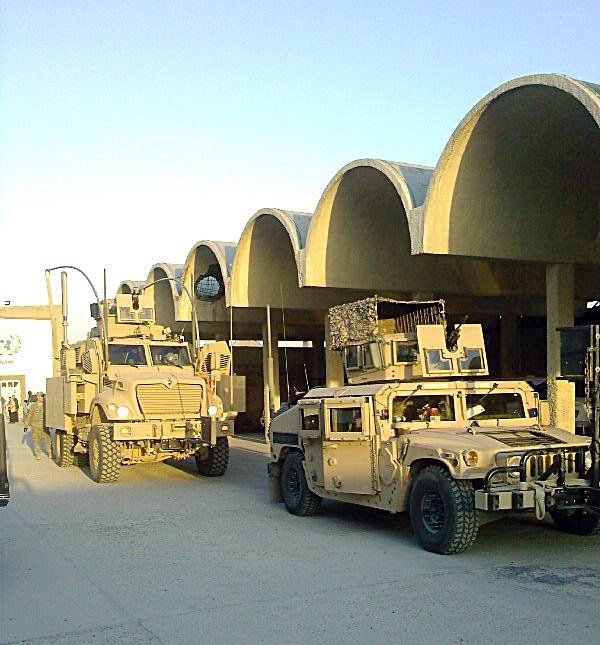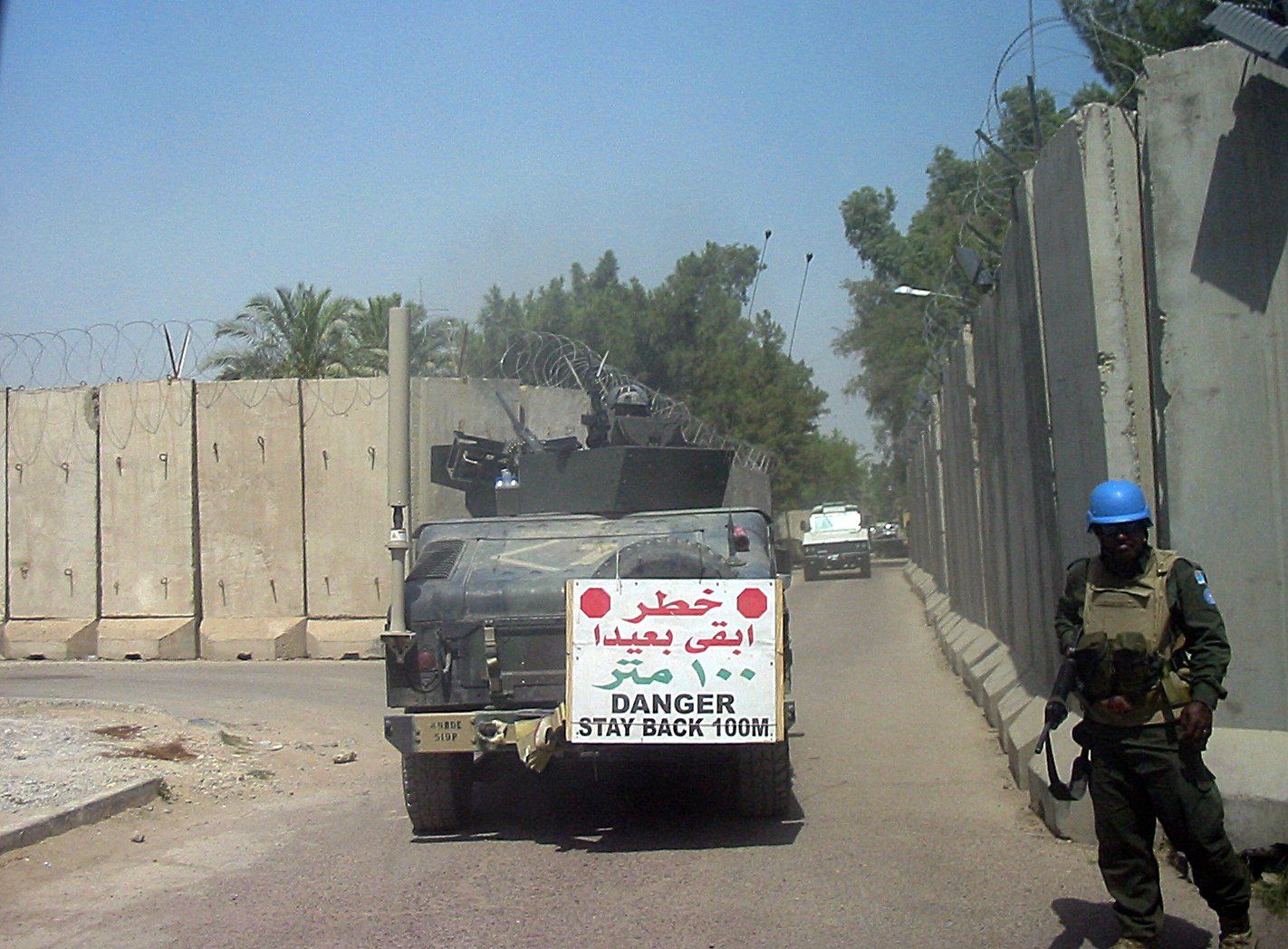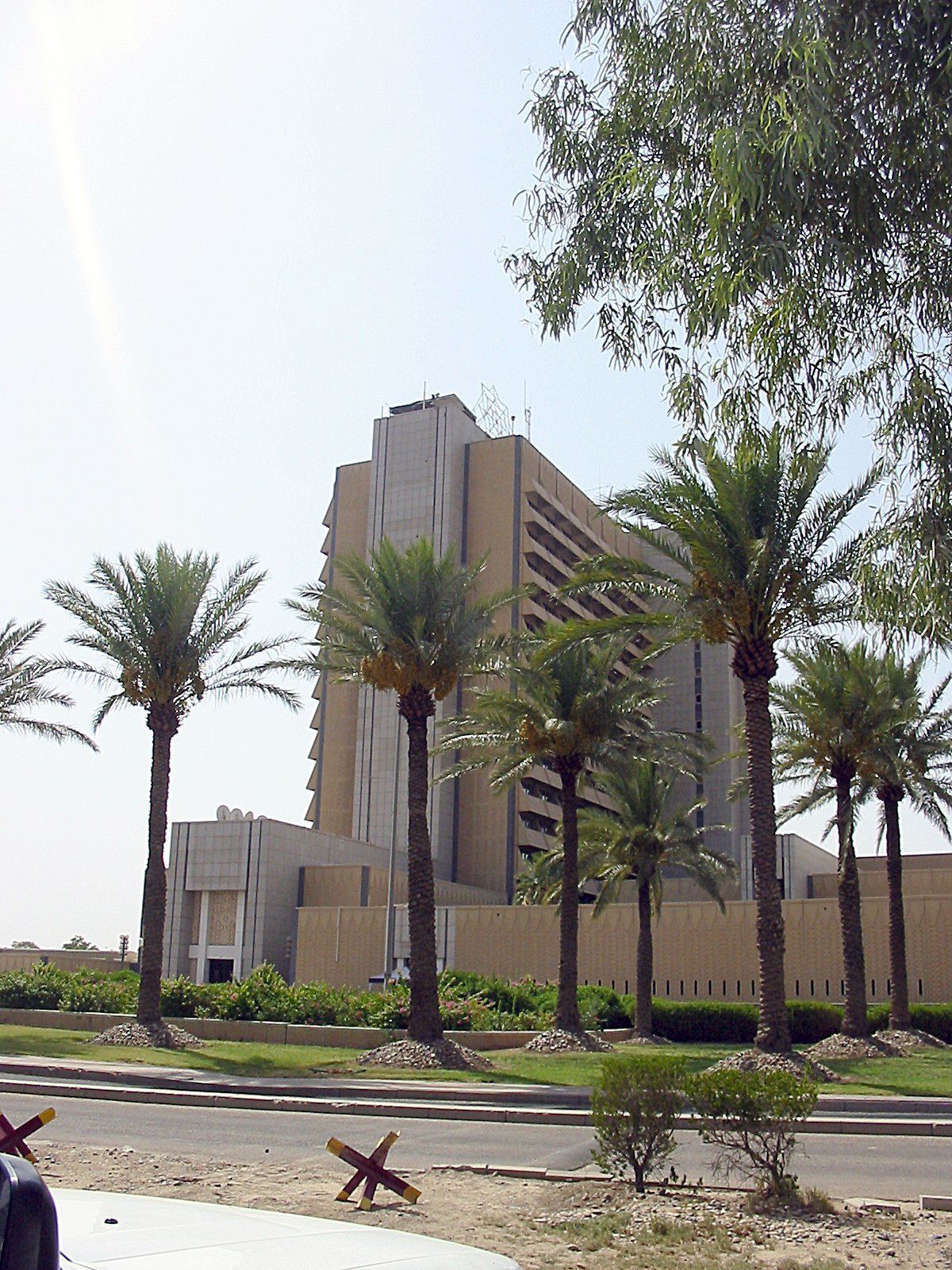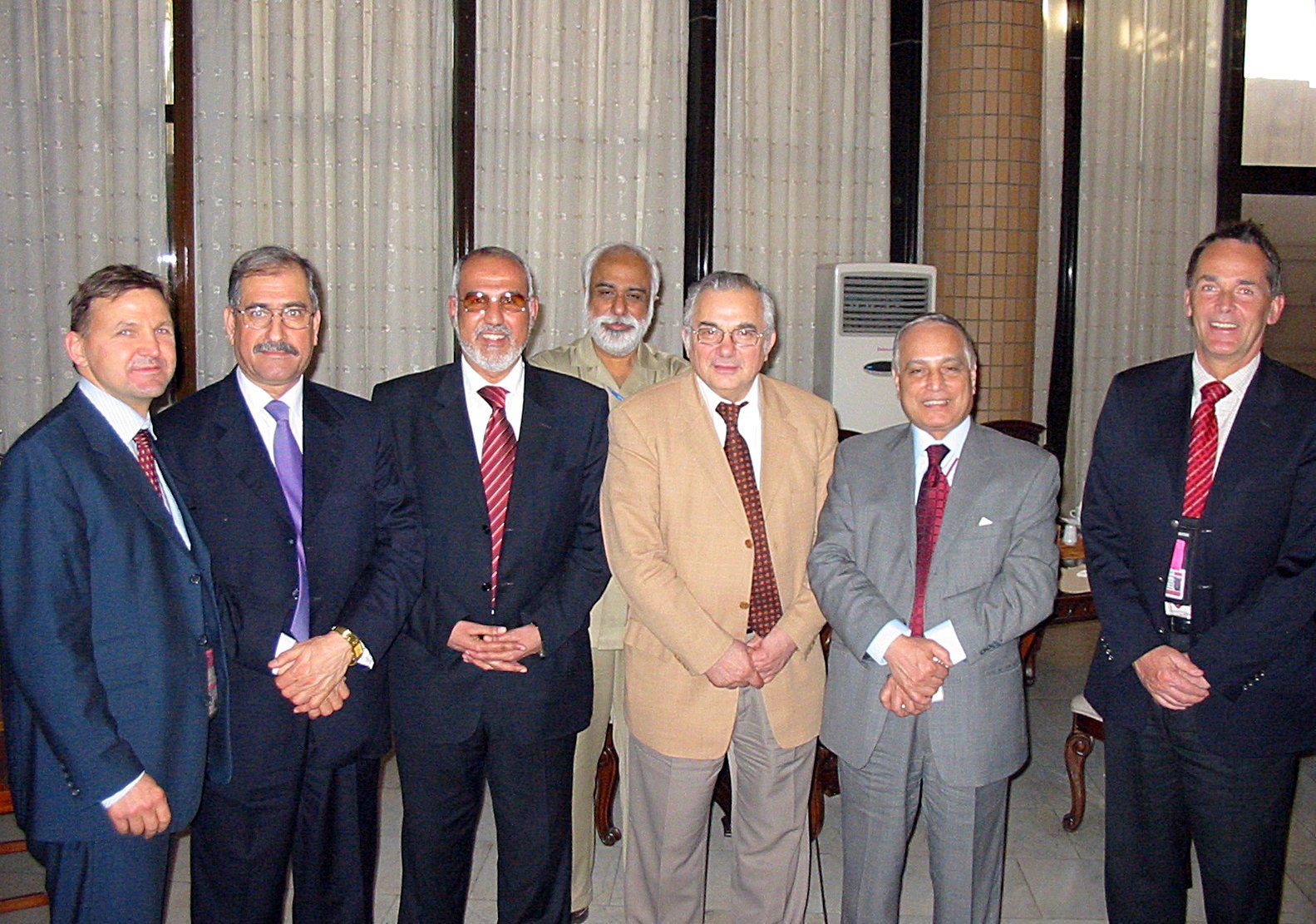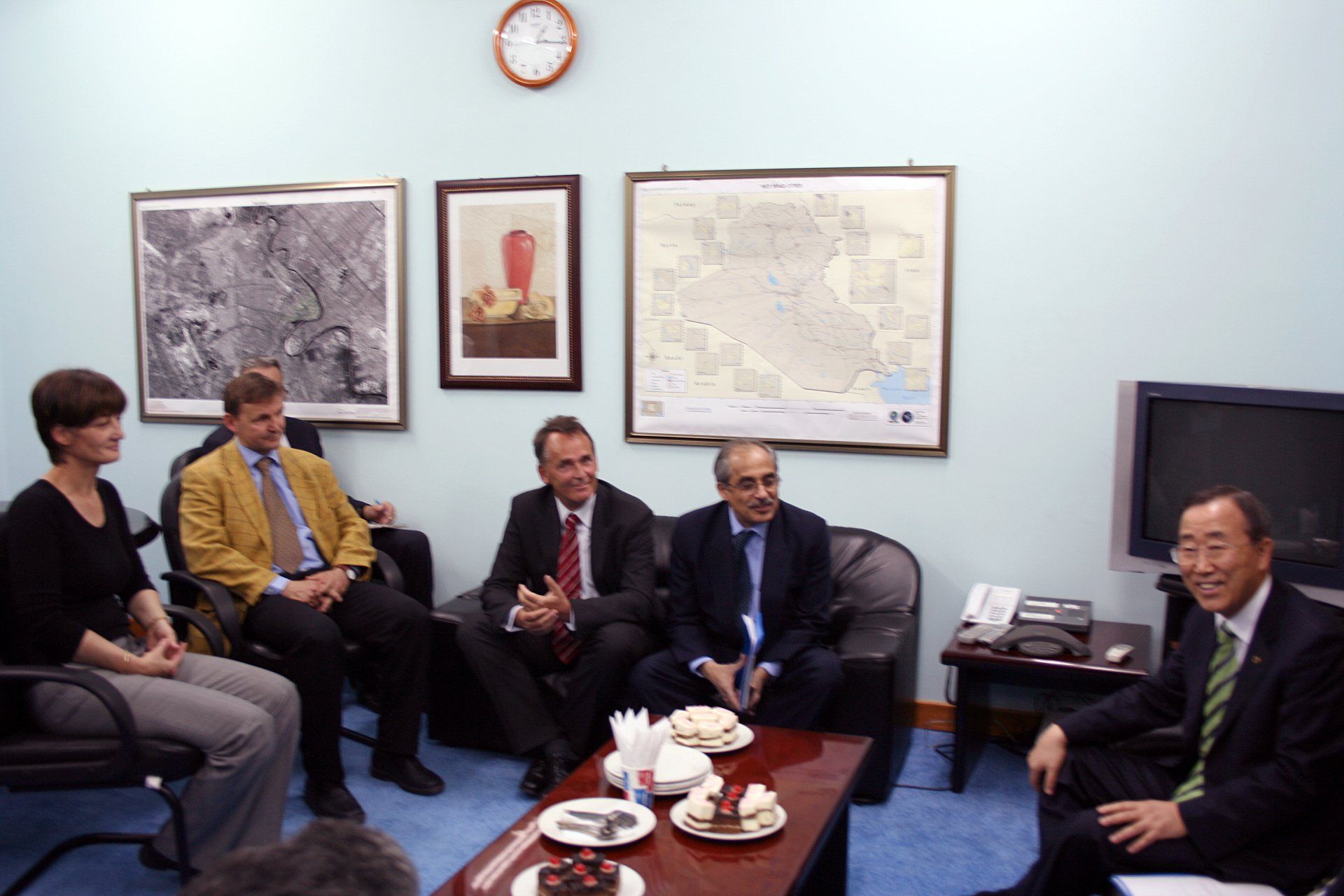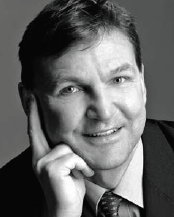Bagdad Green Zone
Living and Working in a Combat Zone
Wilfried Buchta worked for UNAMI as an UN-Senior Political Affairs Officer in Iraq from 2005 to 2010. Most of that time he spent in the international zone in Baghdad, also known as Green Zone. The United Nations-Headquarters in New York assessed the situation in Baghdad at the time as the worldwide most dangerous UN-mission location and called it a combat zone. There were reasons for that. On August 19th, 2003 a devastating suicide attack involving a truck carrying explosives took place. The truck, loaded up with 1 ton worth of TNT, plowed into the provisional headquarters of the newly-found UN assistance mission (United Nations Assistance Mission for Iraq/UNAMI), at the so-called "Canal Hotel" in Southeast Baghdad. 21 international UNAMI employees were killed during the attack, including the Mission Director, Sergio De Mello. Furthermore, 200 additional people were wounded, some of which severely. The UNAMI-mission headquarters were then temporarily moved to Cypress and did not return to Iraq until January of 2005. The difference was that this time around, UNAMI settled under the protection of the American troops in the International Zone (Green Zone), which was under the control of the US-forces.
The area of the Green Zone was identical with the „forbidden city“, the government district filled with palaces, party headquarters, propaganda and news centers, that once belonged Saddam Hussein’s toppled Ba’ath power elite. This 10km large area, which normal Iraqis would not have been able to enter prior to 2003, had been converted to the new administrative headquarters of the US-occupying power. This is where the US and British embassies were located along with UNAMI’s office and the most important political institutions of Iraq’s new democratic government, groomed by the US. This included the Parliament, the seat of the government, as well as the private residences of the Prime Minister, the President and several other high-ranking government officials.
In order to provide protection from outside attacks, the US-forces built a system of defense facilities and blast walls, which separated the Green Zone from the rest of Baghdad. Twelve checkpoints regulated entry and exit, manned by US-troops in order to have control over who was coming or going. But even with this defense and monitoring system in place, total safety in the Green Zone could not be guaranteed. Since it had been established in May 2003, the Green Zone was hit with grenades and missiles from certain parts of Baghdad by the enemies of the new order. What time these missiles and grenades would hit and where, could never be predicted.






